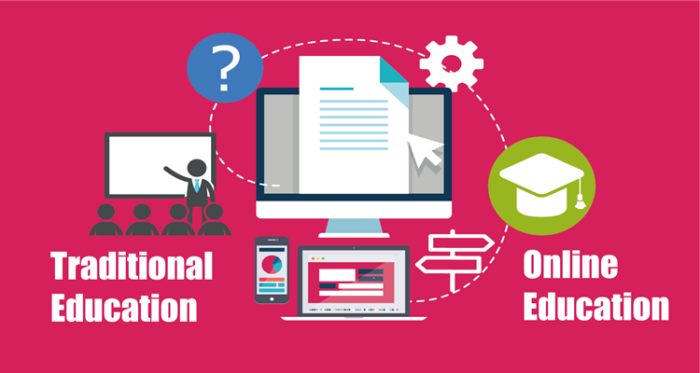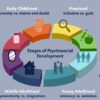Online vs. Traditional Education- Which One is Better for You?
Introduction
Education has always been a cornerstone of human development, evolving over the centuries to integrate new methodologies and technologies. The emergence of Artificial Intelligence (AI) marks a significant transformation in how learning is delivered, personalized, and optimized. This article explores how AI is reshaping education, its benefits, challenges, and future potential.
The Role of AI in Education
Enhancing Personalized Learning
AI-driven educational platforms adapt to individual learning styles, allowing personalized instruction that improves retention and comprehension.
- Adaptive Learning Systems: AI tailors content based on student performance.
- Intelligent Tutoring Systems: Provides real-time feedback and guidance.
- Learning Analytics: Uses data to optimize teaching strategies.
Automating Administrative Tasks
AI reduces the burden on educators by handling routine administrative duties.
- Automated Grading: AI-powered tools grade assignments and tests.
- Smart Scheduling: AI optimizes timetables for students and teachers.
- Chatbots for Student Support: Provides instant assistance to students and parents.
AI-Powered Learning Tools and Technologies
Virtual Classrooms and AI Tutors
- AI-driven Virtual Assistants: Tools like chatbots and AI tutors provide on-demand support.
- Virtual Reality (VR) and Augmented Reality (AR): Enhances experiential learning.
AI in Assessment and Evaluation
- AI-based Proctoring Systems: Ensures academic integrity in online exams.
- Skill Assessment Models: Evaluates soft skills using AI-driven analytics.
AI and Its Impact on Teachers and Students
Empowering Teachers
AI acts as a teaching assistant, allowing educators to focus more on mentoring and personalized interaction.
- Automated Lesson Planning: AI curates resources and suggests teaching materials.
- Teacher Training Programs: AI enhances professional development through simulation-based training.
Engaging Students
AI-powered gamification and interactive learning modules increase student engagement.
- Game-based Learning: Encourages interactive participation.
- AI-based Speech Recognition: Assists language learners and students with disabilities.
Challenges and Ethical Considerations
Data Privacy and Security
- Student Data Protection: Ensuring compliance with data privacy laws.
- AI Bias in Education: Addressing potential discrimination in AI algorithms.
The Role of Human Educators
- AI as a Supplement, Not a Replacement: Maintaining the human touch in education.
- Balancing Automation with Emotional Intelligence: Ensuring AI doesn’t dehumanize learning.
Future Trends in AI-Powered Education
Integration of AI with Blockchain
Blockchain enhances transparency and security in educational records.
AI in Lifelong Learning and Upskilling
AI enables continuous learning through adaptive courses tailored to career needs.
Global Accessibility of AI-Driven Education
AI-powered platforms make quality education accessible worldwide, bridging the educational divide.
Online vs. Traditional Education: Which One is Better for You?
Online Education
Advantages:
- Flexibility: Learn at your own pace, anytime, anywhere.
- Cost-Effective: Reduces travel and accommodation costs.
- Access to Diverse Resources: Online platforms provide a vast library of educational materials.
- Tech-Enabled Learning: AI tools enhance personalized learning experiences.
Disadvantages:
- Lack of Face-to-Face Interaction: Limited personal connection with teachers and peers.
- Self-Discipline Required: Students need strong motivation and time-management skills.
- Technical Issues: Internet connectivity and hardware availability may pose challenges.
Traditional Education
Advantages:
- Structured Learning Environment: Provides discipline and routine.
- Direct Interaction with Teachers and Peers: Enhances social and communication skills.
- Hands-On Learning: Practical experience in labs and workshops.
Disadvantages:
- Rigid Schedules: Less flexibility for students with other commitments.
- Higher Costs: Tuition, travel, and accommodation expenses can be expensive.
- Limited Access to Resources: Some institutions may have outdated materials.
Choosing the Right Option
Deciding between online and traditional education depends on individual learning styles, career goals, and personal circumstances. A blended approach, combining both methods, is increasingly becoming a popular and effective solution.
Conclusion
AI is revolutionizing education, offering unprecedented opportunities for personalized learning, efficiency, and engagement. However, careful implementation and ethical considerations are necessary to maximize its benefits while preserving the essential human elements of teaching and learning


